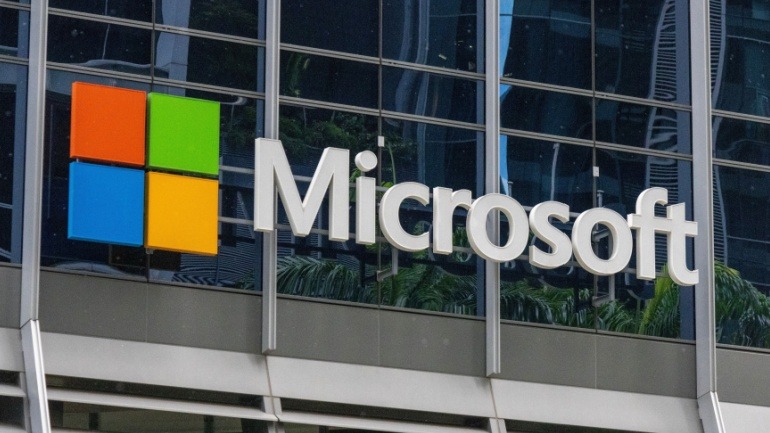Enterprises increasingly embrace Microsoft Teams Phone for streamlined business communication, integrating crucial calls with daily tasks. Over 93% of Fortune 100 companies use Microsoft Teams, with 20 million global users. By merging calls, chats, and meetings, businesses cut outdated PBX costs and enjoy a unified, secure cloud communication platform.
GoTo introduces GoTo Connect for Education, revolutionizing school communications. This cloud-based platform integrates phone, paging, messaging, and alerts, streamlining management and enhancing security. Schools can now consolidate fragmented systems, easing the IT burden and ensuring safety. GoTo’s innovative approach seeks to modernize educational communication infrastructure smoothly and cost-effectively.
In today’s telecom environment, Vodia’s new Enhanced Analytics Dashboard is transforming call centers by providing comprehensive insights into call handling performance. With metrics like call abandonment rates and wait times, organizations can optimize operational efficiency. This VOIP innovation improves customer experience, helping businesses boost satisfaction and increase revenue and brand loyalty.
In today’s global business landscape, seamless communication is essential. Many companies still rely on outdated telephony models leading to inefficiencies and inconsistent user experiences. A shift to cloud-first solutions integrated with platforms like Microsoft Teams can streamline operations, reduce costs, and enhance communication flexibility for multinational enterprises.
Atlas Tower’s aggressive expansion in Kenya, backed by a French infrastructure fund, aims to integrate sustainable energy into telecom infrastructures. This support enhances network coverage through energy-efficient solutions. Despite initial costs, long-term benefits include reduced environmental impact and better mobile connectivity. Such initiatives bridge the digital divide.
At the Connected Britain 2025 event, the focus shifted to how efficiently UK’s fibre market is accessed, with integration platforms and aggregation networks offering solutions. Integration platforms bridge networks and providers via APIs, while aggregation networks consolidate multiple networks under one system. Both address challenges facing service providers, including navigating varying systems. However, their approaches differ: integration models enhance flexibility and choice, whereas aggregation models simplify management but may limit independence. As UK’s fibre rollout progresses, these strategies will shape future connectivity by balancing scale and flexibility, impacting service providers and consumers alike.
Local UK manufacturing revolutionizes the telecom sector with high-quality materials and seamless collaboration. The Welsh factory Hutchinson exemplifies this by crafting steel frameworks, employing over 200 locals, and investing in community growth. This UK-based production supports supply-chain resilience, reduces carbon emissions, and ensures skilled British roles thrive.
Leading Polish FTTH wholesalers Fiberhost, Nexera, Polski Światłowód Otwarty, and Światłowód Inwestycje are collaborating with Optare Solutions to create a standardized API, poised to transform Poland’s FTTH market. This initiative will streamline integration, bolster market competition, and expedite VoIP service provisioning, promising a more consumer-centric approach with faster issue resolution.
The recent Optus network outage in Australia underscores the importance of reliable VoIP services, especially for emergency connections. Highlighting the fragility of telecom infrastructure, the incident led to failed emergency calls, raising concerns about network resilience. VoIP providers must prioritize robust systems and risk management to prevent such failures.
The switch from analogue systems to modern VoIP solutions is crucial for the UK’s infrastructure, with potential economic benefits exceeding £3 billion by 2040. VoIP systems promise enhanced resilience and cost savings across sectors, reducing reliance on the ageing PSTN. Transitioning now mitigates risks and optimizes digital benefits.













